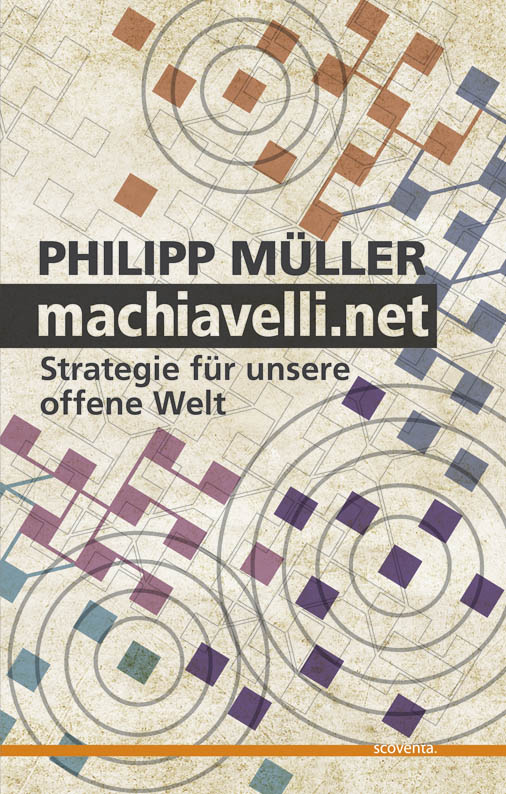A Revolution in 140 Characters? The Interplay of Social Networking, Mass Media, and Revolutionary Politics
By: Florian Buhl, Sophie van Huellen, Philipp Müller
Two hours after the polls had closed on June 12, 2009 the re-election of the incumbent President Mahmoud Ahmadinejad was officially announced. Soon thereafter the supporters of Iran’s opposition, especially those of Ahmadinejad’s rival candidate Mir-Hossein Mousavi, initiated a protest movement in order to get to an inquiry of the election results.
The protests soon were labelled Iran’s “Twitter Revolution” by Western commentators because the demonstrators made use of web technologies, e.g. Twitter, Facebook, Flickr and YouTube, in a twofold manner: On the one hand, the online social media, functioned as a tool to organize and coordinate protests. On the other hand, the web technologies played a decisive role in rising awareness for the demonstrations in the international public sphere. Foreign traditional news media had to rely on the information, pictures and videos posted by Iranian protesters on platforms of the social web, because news correspondents and journalists in Iran were deterred to produce their own content by the Iranian regime. Clearly the interplay of web technologies, the global mass media, and politics in the Iranian case are of great interest, therefore, one needs to ask, how can we analyze the interplay between social networking technologies, traditional mass media, and politics? […read on]
Please follow the link to our draft paper, based on our research project on the interplay of social networking technologies, traditional mass media, and revolutionary politics. We are looking forward to your feedback!
 Author of machiavelli.net, proud father of three, interested in shaping network society. Welcome to my blog.
Author of machiavelli.net, proud father of three, interested in shaping network society. Welcome to my blog.